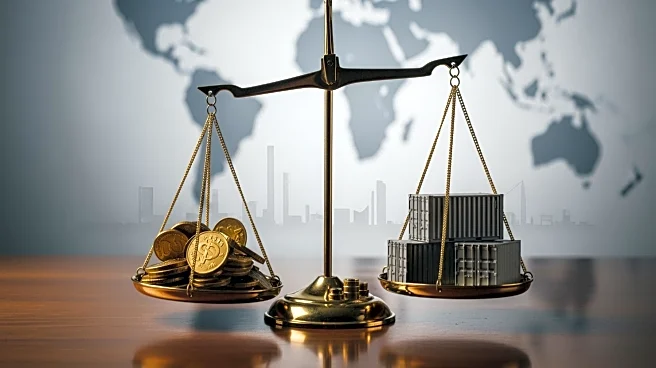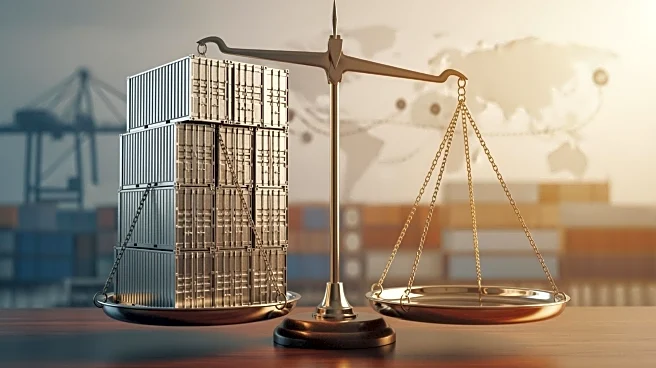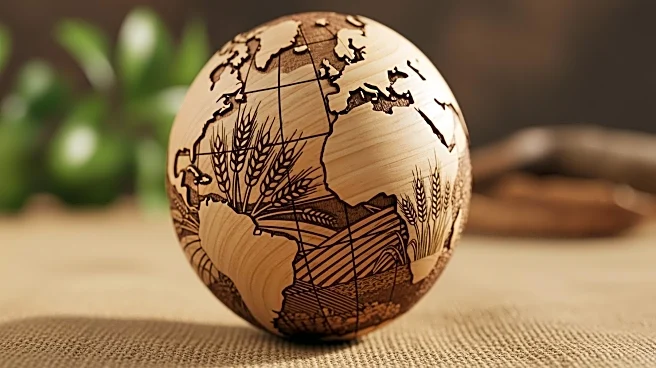What's Happening?
The cost of artificial Christmas trees in the United States is expected to rise by 10% to 15% this year due to tariffs and supply chain pressures. Mac Harman, CEO of Balsam Hill, a company specializing
in artificial Christmas trees, attributes the price increase to tariffs imposed by President Trump on Chinese imports. Nearly all artificial Christmas trees are imported from China, and the tariffs have increased the costs vendors pay to U.S. customs. Harman notes that while manufacturing costs remain stable, the tariffs have made it more expensive to import these trees. Despite the tariffs being intended to encourage domestic manufacturing, Harman explains that producing pre-lit artificial trees in the U.S. is unlikely due to the labor-intensive process involved, which American workers have historically rejected.
Why It's Important?
The increase in artificial Christmas tree prices highlights the broader impact of tariffs on consumer goods in the U.S. economy. As tariffs raise import costs, companies like Balsam Hill are forced to pass these costs onto consumers, leading to higher retail prices. This situation underscores the challenges faced by businesses that rely on imported goods and the difficulty of shifting production domestically for certain products. The price hikes could affect consumer spending during the holiday season, potentially leading to reduced sales for retailers. Additionally, the tariffs may prompt companies to explore alternative supply chains or reduce their workforce to maintain competitiveness, impacting employment and economic stability.
What's Next?
As the holiday season approaches, consumers are advised to purchase artificial Christmas trees early to avoid potential shortages and price increases. Retailers may face challenges in maintaining inventory levels due to reduced stock orders, increasing the risk of shortages in December. Companies like Balsam Hill may continue to diversify their supply chains to mitigate the impact of tariffs, potentially increasing production in countries like Mexico and Indonesia. The ongoing trade tensions and tariff policies could lead to further adjustments in business strategies and consumer behavior in the coming years.













